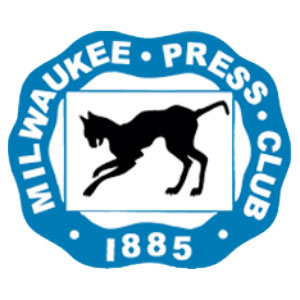
As mentioned in previous articles, there are two types of advertising: image and response. Image advertising – sometimes known as institutional advertising – is designed to give people a good impression of the advertiser. (“We’re the dealership that cares.”) The objective of response advertising is to generate immediate response to a specific offer. (“Take advantage of these special discounts.”)
These two ad types have something in common. Each one – whether image or response – should strive for attention and retention. In other words, the ad has to grab attention from the outset, then make the message memorable enough to stay in readers’ minds. It’s not an easy task, but it’s necessary for the ad to have any chance of success.
Because we are bombarded with thousands of commercial messages every day – and because we can’t possibly notice or remember everything we see – we are instinctively selective. A number of factors influence attention and retention, including eye-catching illustrations, legible typography, uncluttered ad designs, plenty of white space, and reader-centered headlines. But the biggest factor is relevance. If an ad doesn’t communicate instant relevance, it will fail the attention test. And if doesn’t leave the reader with a sense of relevance, it is not likely to be retained.
Let’s say you run across an ad that attracts your eye, because it features a large, detailed photo of a new widget. The headline is a simple statement of the major benefit of owning this new model. The layout follows the rules of simple, easy-to-follow graphic design. As a result, you stop browsing through other ads long enough to read the copy, which is refreshingly free of exaggeration. You have owned a couple of widgets in the past, and now that you think about it, this might be a good time to consider a new one. This particular store looks like a good place to shop for one.
What just happened? In a matter of seconds, you made the jump from surface-level appeal (being attracted by the looks of the ad) to a deeper level (seeing the personal relevance of the product). In other words, the widget ad has won your favorable attention.
What about retention? What would compel you to remember the widget and the store where it can be purchased? There are two primary elements: relevance (again) and repetition.
Relevance plus repetition equals retention. We remember the products which fill a specific need – or offer a solution to a problem we have. And we remember the things which we see and hear repeatedly. How did you learn the multiplication tables? (By reviewing them over and over.) How did you learn the lyrics to so many rock ‘n’ roll songs? (By hearing them – and singing along – countless times.)
What does all of this mean? Attention is important, for certain, but it is only the first of two goals. In order for an ad’s core message to work, it must also be retained.
Put these two together – and you have a winner.
(c) Copyright 2022 by John Foust. All rights reserved.
John Foust has conducted training programs for thousands of newspaper advertising professionals. Many ad departments are using his training videos to save time and get quick results from in-house training. E-mail for information: john@johnfoust.com



